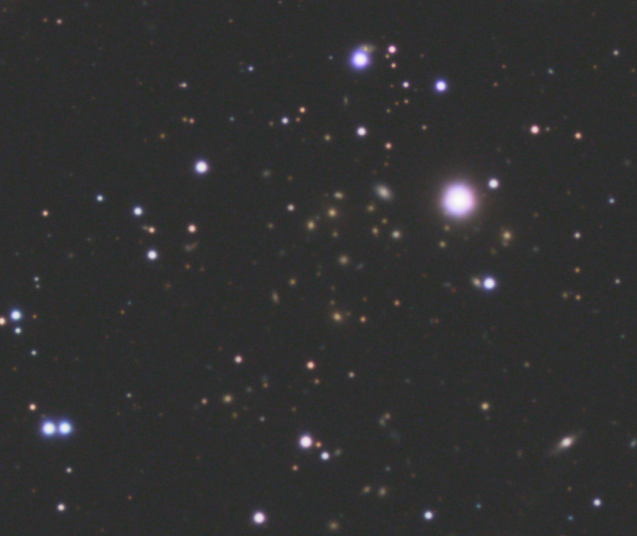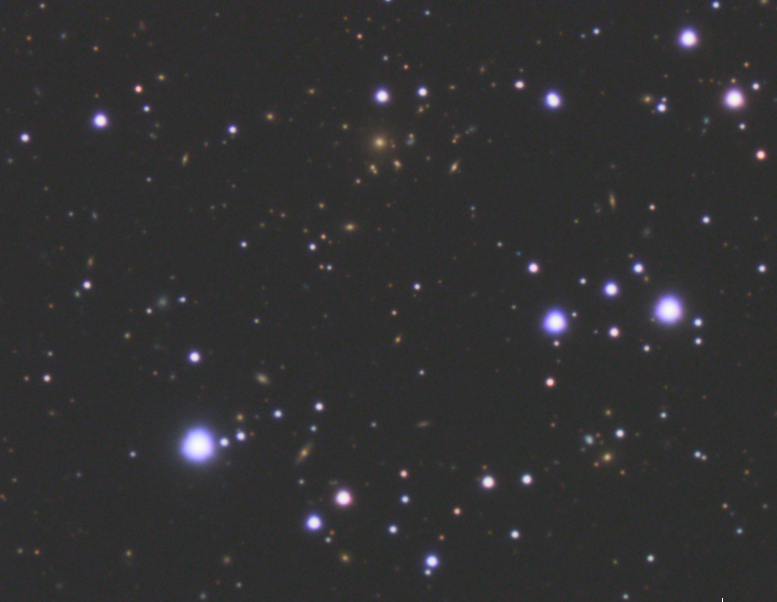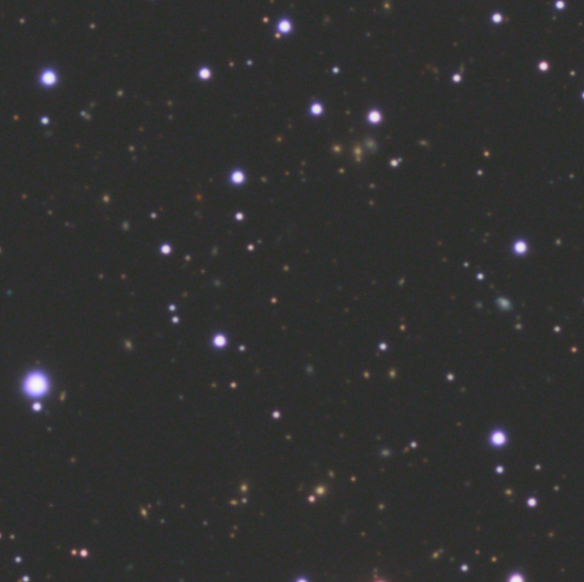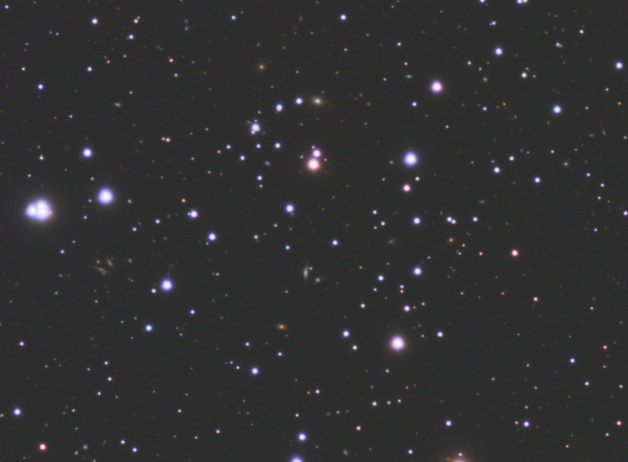FIRST I want to say that I am NOT trying to self promote here! My video is UNMONETIZED and I am looking for genuine discussion on how we as a community can improve the star removal techniques we currently employ in processing.
With that being said, I made a video talking about an M31 image I am processing from Starfront Remote Observatories that I am having a lot of trouble with star removal on. My problem is that there are 10's of thousands of galaxies in the background of this image (for real, I checked with SDSS!), so it is effectively impossible to have a good star removal. Star removal on good M31 images already sucks because they tend to take a lot of bright nebulosity and globs within m31, but they also tend to take thousands of background galaxies too. You don't need to watch my video to contribute to the discussion, but in my video I talk about what methods I have tried (and failed) to use to get a perfect milky way star removal (removing only stars within our milky way from the image).
If you would like to watch the video, this is the link
https://www.youtube.com/watch?v=eDLqA3bRBmMAnd if you would like to see 10's of thousands of background galaxies (can literally see entire galaxy clusters), check out this image on AB:
https://www.astrobin.com/qfhk7a/C/?nc=collection&nce=39541 I would also recommend if you are looking at the M31 image to download the original, full resolution tif file thats linked in the description of the post!
Also, all of the data I use and am talking about is free for anyone to download. Its hosted at
https://data.bortle.org/tag/46/starfront-remote-observatory and there are currently a 30 hour LRGB M31 (the dataset I'm talking about in this post), a 40 hour SHO NAN, and a 20 hour LRGB iris and ghost nebulae! All of these projects are still a WIP, but you can download what we have collected so far and give it a process for yourself!






